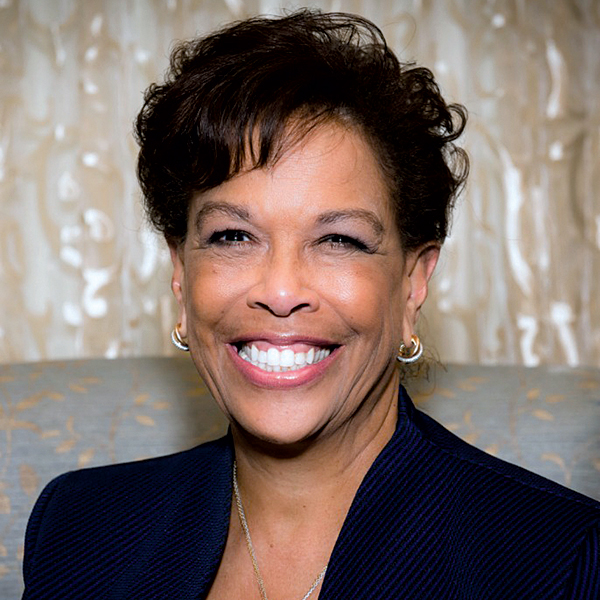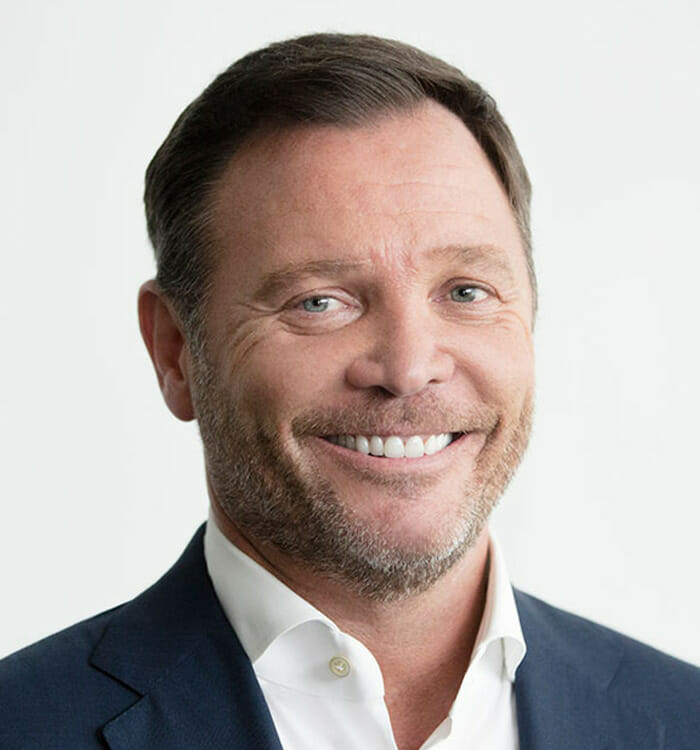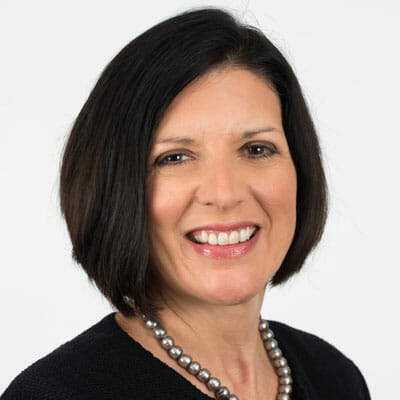
WASHINGTON, DC — A panel of senior living CEOs took the theme of the 2022 National Investment Center for Seniors Housing & Care Fall Conference to heart as they discussed how the industry needs to move “forward, together.”
The COVID-19 pandemic has upended the long-term care industry, which still is undergoing a period of rapid and transformational change. Investing in senior living, workers, innovation and efficiencies, said NIC Board Chairman Kurt Read of RSF Partners, makes for a better operating company.
No going back

Staffing is one of the largest challenges operators and providers face, and it’s one area that has cemented the fact that there’s no going back to a pre-pandemic normal, panelists said.
“The workforce was fundamentally changed by COVID,” Brandywine Living President and CEO Brenda Bacon said. “We need to think about how to go ahead. I don’t think anything goes back.”
To that end, she said, providers need to think about what the workforce wants. Instead of solely focusing on customer service for residents and customers, Bacon said, it’s time to think about customer service for staff.
“One thing we have that a lot of industries don’t have is, we have a gazillion people coming into our customer base,” Bacon said. “We have to think, how do we get there and beyond, and not think that if we just settle down, it will go back to normal. That’s not going to happen.”
Priority Life Care CEO and co-founder Sevy Petras said that communities that want to move forward and be successful need to focus on their employees.
“My job is to create more opportunities for them,” Petras said. “If we take care of them, they take care of our residents.”
All of the panelists said that more employee training is near the top of their wishlists. They said they also are looking to technology and innovation to create operational efficiencies that would allow caregivers to spend more time with residents.
Bacon said her organization recently offered on-site certified nursing assistant training and exam preparation to support low-level employees in dining services and other areas who haven’t had the time, opportunity or money to invest in their futures and move up the career ladder.
More transparency needed
Although long-term care operators helped one another during the pandemic, Petras called for more transparency, particularly when it comes to staffing. There is a “huge future in front of us as an industry,” she said. But rather than trying to undercut one other by offering a slightly higher salary, the industry would be better served by working together to solve staffing challenges, Petras said.
“COVID was the one time we all held hands together and marched forward,” she said. “If we want to continue to evolve into an industry that provides choices and price points that residents are at, and for those who want to work in communities and serve residents, we need transparency across the board.”
The industry, she said, cannot continue to move forward until everyone has a place at the table. Collaborating on who does what well — and at what price point — is something Reader called “radical transparency.”
“When we all know what each of us does the best, and we’re transparent about that to the consumer, we have a better beginning,” Petras said.
Gaps need filled

Maplewood Senior Living CEO Gregory Smith said that industry demand will continue to grow, and it will be important to ensure that enough supply exists in every market segment to meet that demand and fuel it.
“We’ve got to fill the voids coming down the road in five years, in seven years,” Smith said “It’s coming. We’ve got to make sure as an industry we’re filling those gaps and seniors aren’t falling through the cracks — that we’re creating product segments or service segments that fill those gaps.”
Smith pointed out that one of those upcoming voids involves memory care. With construction starts coming to a pause due to the inflationary environment, he said, the industry is going to be playing catch up to meet the expected demand.

Brookdale Senior Living President and CEO Cindy Baier said that part of the solution involves technology and innovation, along with care coordination, to ensure that residents with cognitive impairment are taking their medications and managing their chronic conditions.
“I think a lot of important innovation has happened in the industry that allows people to live better,” she said.
Older adults are living longer and with complex chronic conditions, according to a NORC at the University of Chicago report released Wednesday and a recent report from PHI National. Approximately one in nine older adults are living with Alzheimer’s disease today. That number is expected to more than double by 2030, going from 6.5 million in 2020 to 13.8 million in 2060.
Don’t forget diversity
Another issue top of mind for the industry is diversity, equity and inclusion.
“We have to do something more than just talk about it,” Bacon said. “Take actual action to give people education, encourage them, mentor them, see them. People work for people.”
Bacon said that the industry needs to pay attention to the younger generations, what she called the “workforce for the future.” The industry would be well-served, she said, by providing employees with ways to move up the career ladder and feel good about what they do.
The long-term care industry has not done a good job of collaborating to keep people in the industry or of educating people of color and gender diversity about the opportunities available, Petras said. No other industry, she added, has such a powerful purpose in supporting residents and doing something real.
The conference ends today.
See additional coverage of the conference at the link below.




